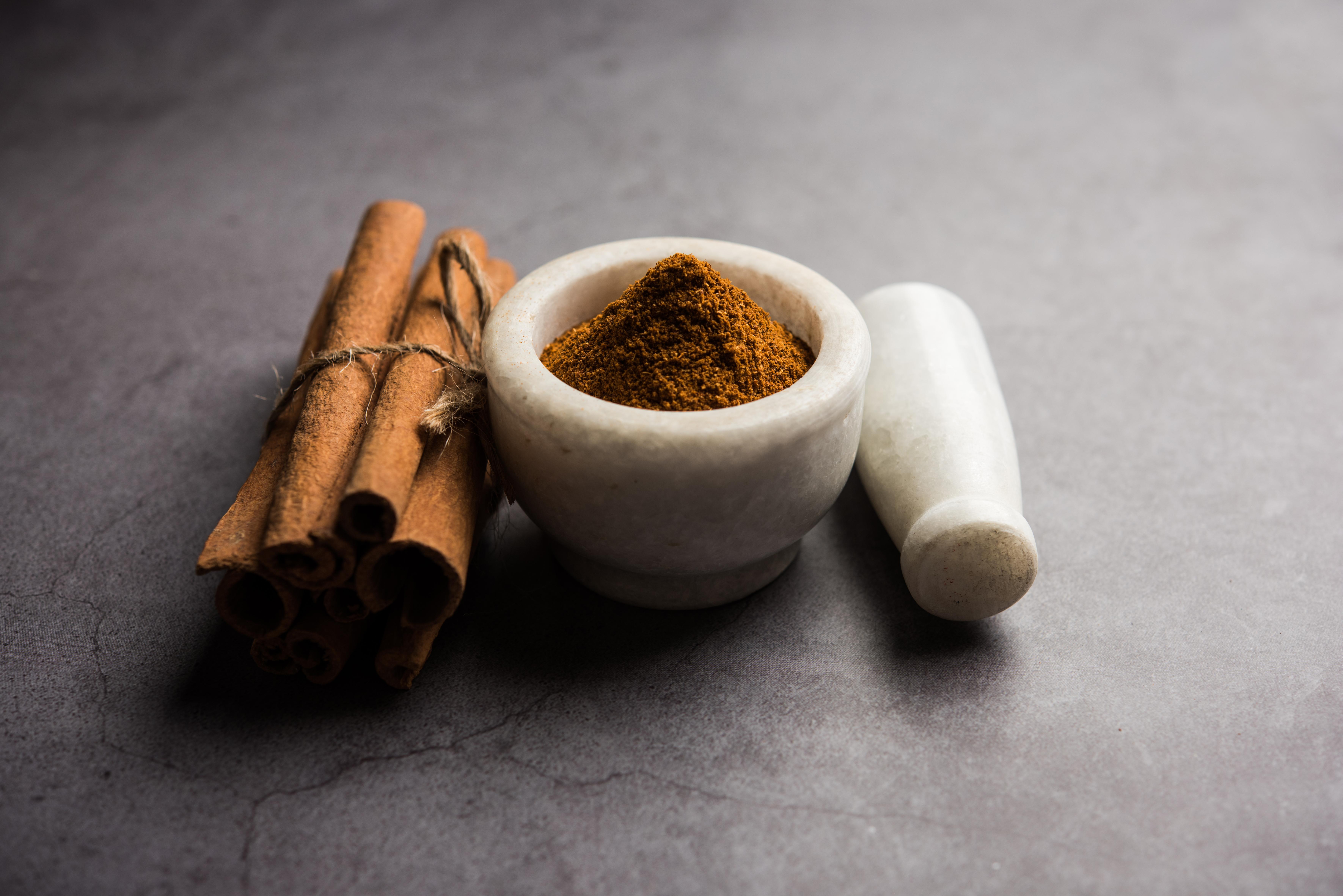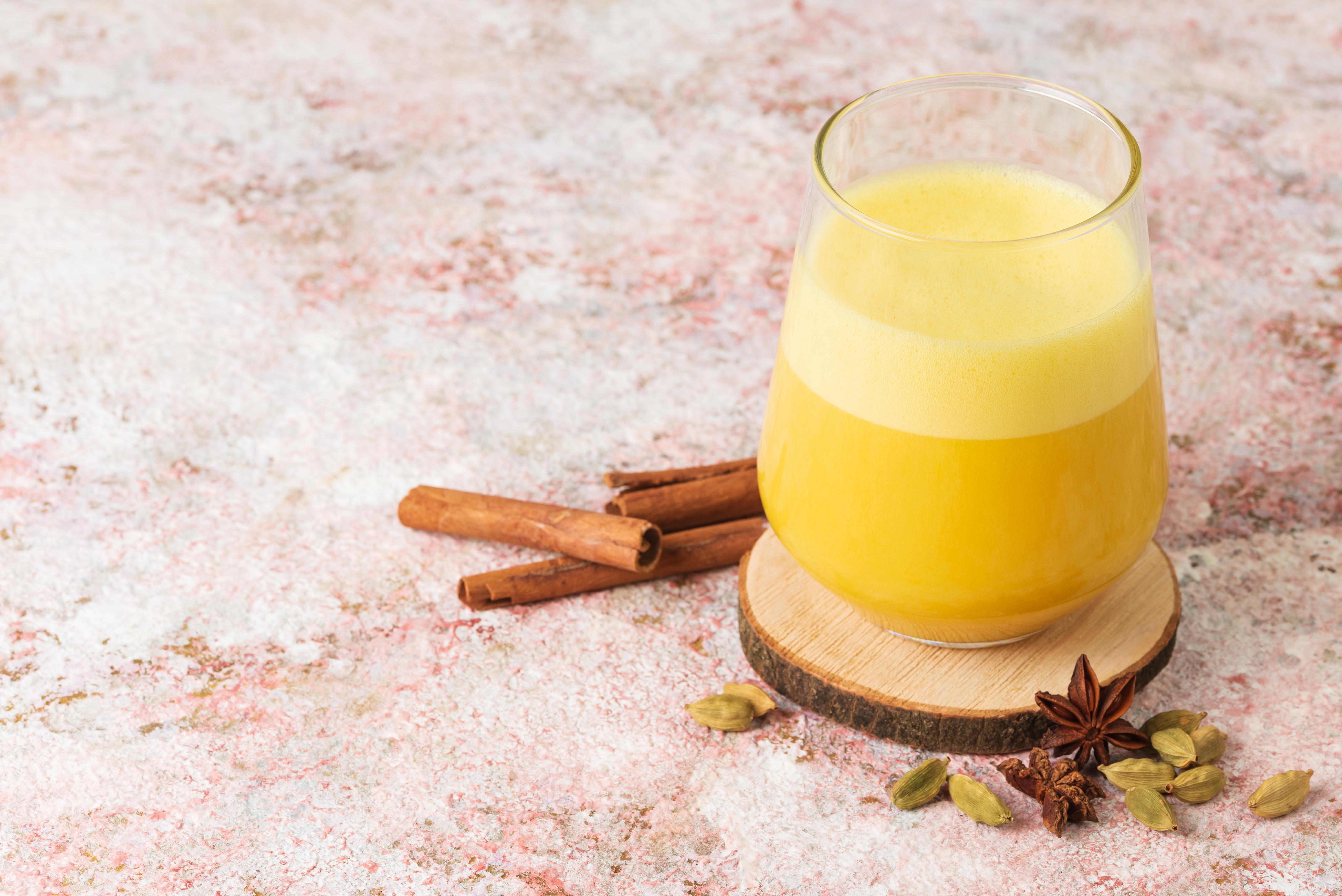Everyday Spices That Can Lower Blood Pressure Naturally
Forget bland diets! Embark on a flavorful journey where everyday spices do more than just tantalize your taste buds—they unlock a natural way to support healthy blood pressure. For centuries, cultures worldwide have cherished these aromatic ingredients for their medicinal magic. Now, science is revealing the potent bioactive compounds hidden within, transforming your meals into opportunities for wellness. We've expanded our list to include the most effective and delicious spices that can help you manage your blood pressure. From the warmth of cinnamon to the zing of ginger, these culinary heroes offer a delicious path to cardiovascular health. Get ready to explore a world of flavor where each pinch and dash not only elevates your dishes but also contributes to a healthier, happier you. Let's dive in and discover how to spice up your life, one delicious, heart-healthy bite at a time.
1. Cinnamon: Sweet and Spicy Health Benefits

Cinnamon, a beloved spice with a sweet yet spicy flavor, has been used for centuries in both culinary and medicinal contexts. Its primary active component, cinnamaldehyde, is known for its ability to improve insulin sensitivity and lower blood sugar levels. Recent studies suggest that cinnamon also holds promise in reducing blood pressure. By relaxing blood vessels and acting as a natural diuretic, cinnamon helps in reducing the strain on the cardiovascular system. Incorporating cinnamon into daily meals, whether sprinkled on oatmeal or stirred into coffee, can be a simple yet effective strategy for managing blood pressure.
2. Turmeric: The Golden Healer

Turmeric, often hailed as a superfood, owes its vibrant yellow color and health benefits to curcumin, a powerful anti-inflammatory compound. Curcumin has been shown to improve endothelial function, which is vital for maintaining healthy blood pressure. By reducing inflammation and oxidative stress, turmeric supports cardiovascular health and helps prevent hypertension-related complications. This section explores the versatility of turmeric in cooking, from curries to smoothies, and its potential as a supplement, providing practical tips for maximizing its health benefits.
